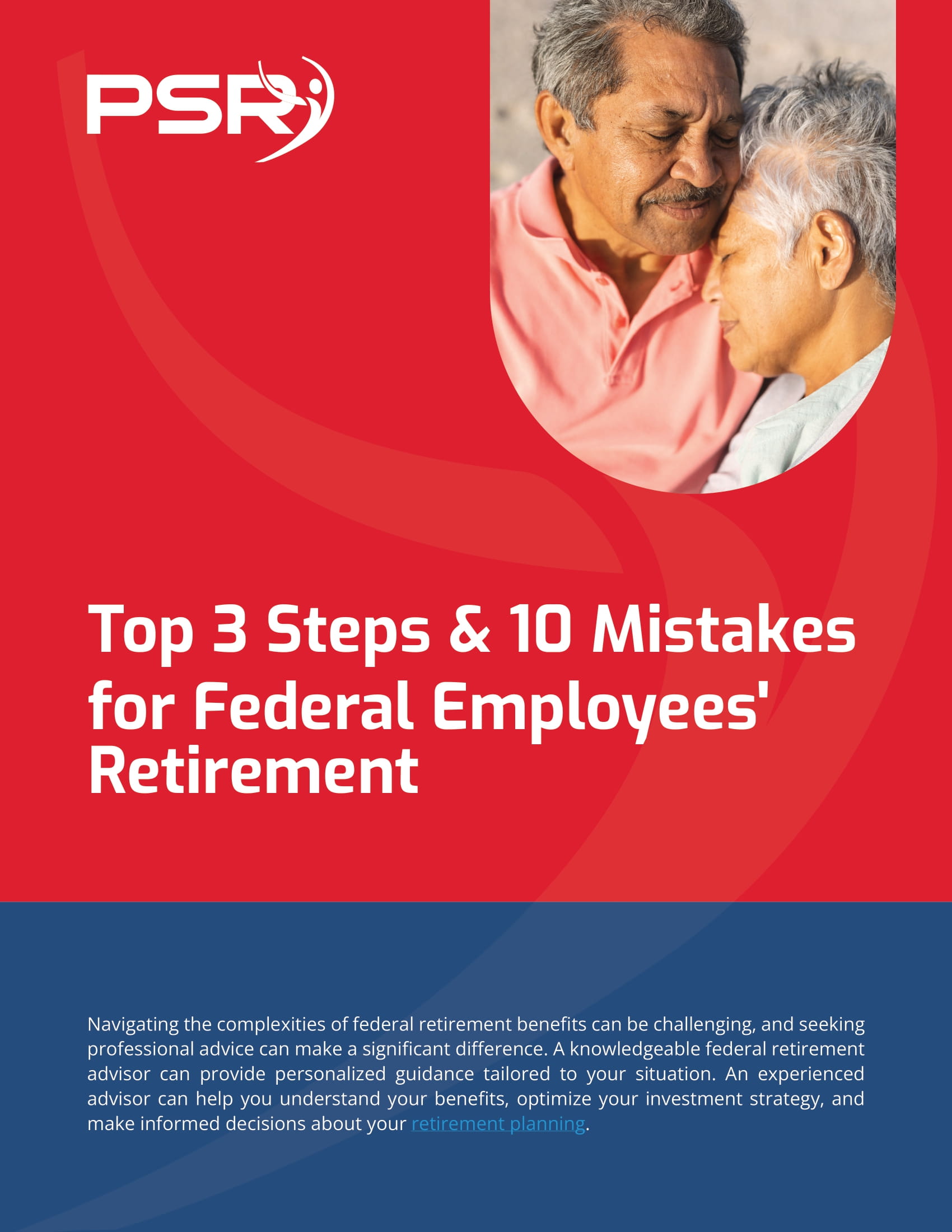Key Takeaways
-
Medicare has introduced significant changes in 2025 that federal retirees should understand to optimize their healthcare coverage and avoid unexpected costs.
-
Staying informed about timelines, enrollment requirements, and cost adjustments can help you make smarter decisions about your healthcare options.
What’s New with Medicare in 2025?
Medicare has rolled out important updates for 2025 that could directly impact your healthcare costs and coverage options. As a federal retiree, staying informed about these changes is essential. Let’s break down the updates so you can make the most of your benefits.
1. The $2,000 Out-of-Pocket Drug Cost Cap
- Also Read: The Side of Civilian Military Employment Benefits Nobody Mentions Until After You Retire
- Also Read: 4 Things You Should Consider Before Deciding When to Start Your Social Security Payments
- Also Read: Are You Eligible for the Federal Employee Retirement System (FERS)? Find Out Here
-
How It Works: Once your out-of-pocket prescription drug costs hit $2,000, Medicare covers 100% of your drug expenses for the rest of the year.
-
Spreading Costs: A new payment option allows you to distribute high drug costs over the year, easing the financial burden.
Action Step: Review your current prescription needs and ensure your Medicare Part D plan aligns with your medication requirements.
2. Higher Part B Premiums and Deductibles
Medicare Part B premiums and deductibles have increased in 2025. Here’s a breakdown of the updated costs:
-
Standard Monthly Premium: $185
-
Annual Deductible: $257
These changes might seem minor, but they can add up, especially if you frequently access outpatient care or preventive services.
Action Step: Factor these increased costs into your healthcare budget for the year. If you have a high income, be aware of possible additional charges under the Income-Related Monthly Adjustment Amount (IRMAA).
3. Changes to Medicare Advantage (Part C)
While Medicare Advantage plans vary widely, there are notable changes across the board in 2025:
-
Expanded Benefits: Many plans now include additional services like dental, vision, and fitness programs.
-
Out-of-Pocket Limits: The maximum out-of-pocket limit for in-network services is $9,350, while combined in-network and out-of-network limits are capped at $14,000.
Action Step: Carefully review the Annual Notice of Change (ANOC) for your plan. This document details updates to benefits, premiums, and out-of-pocket costs, allowing you to make informed decisions during open enrollment.
4. Enhanced Medicare Part D Benefits
Beyond the new out-of-pocket cap, Medicare Part D has undergone other improvements to help retirees manage prescription drug expenses:
-
Higher Deductible: The maximum deductible for Part D plans is now $590.
-
Simplified Enrollment: Those who missed their initial enrollment period or want to change plans can utilize Medicare’s open enrollment period, running from October 15 to December 7.
Action Step: Compare Part D plans to ensure you’re enrolled in one that meets your needs. Look for plans with a formulary that covers your medications at the lowest possible cost.
5. Coordination with Federal Employee Health Benefits (FEHB)
If you’re a federal retiree, you likely coordinate Medicare with FEHB to optimize your coverage. In 2025, it’s crucial to understand how these two programs work together:
-
Medicare as Primary Payer: For retirees enrolled in both Medicare and FEHB, Medicare usually pays first, reducing your out-of-pocket costs.
-
PSHB Transition for USPS Retirees: Postal Service retirees have transitioned to the Postal Service Health Benefits (PSHB) program, which offers integrated coverage with Medicare.
Action Step: Evaluate your FEHB plan alongside Medicare to ensure there’s no duplication of coverage or unnecessary spending. If you’re eligible for the PSHB program, review its offerings and benefits for the year.
Important Deadlines and Enrollment Periods
Staying on top of Medicare’s enrollment periods is essential to maintaining uninterrupted coverage:
-
Medicare Open Enrollment: October 15 to December 7 each year. This is your opportunity to review and change plans for the upcoming year.
-
General Enrollment Period (GEP): January 1 to March 31. If you missed initial enrollment, this period allows you to sign up, with coverage beginning on July 1.
-
Special Enrollment Periods (SEP): Triggered by specific events, such as losing employer-sponsored coverage or moving out of your plan’s service area.
Action Step: Mark these dates on your calendar and review your coverage annually to ensure it meets your current healthcare needs.
The Importance of Reviewing Your Plan Annually
Medicare plans change yearly, and your healthcare needs might evolve as well. Taking time to review your coverage during open enrollment can save you money and ensure you’re not caught off guard by unexpected expenses.
-
Check for Changes: Look for updates to premiums, deductibles, copayments, and formularies.
-
Assess Your Needs: Consider whether your current plan aligns with your expected healthcare usage.
Action Step: Use Medicare’s Plan Finder tool or consult a benefits specialist to evaluate your options.
Tips for Managing Medicare Costs
Managing healthcare expenses doesn’t have to be overwhelming. Here are a few tips to help you stay on top of your Medicare costs in 2025:
-
Use Preventive Services: Medicare covers many preventive services at no cost, helping you avoid more significant health issues down the road.
-
Stay In-Network: If you’re on a Medicare Advantage plan, using in-network providers can significantly reduce your out-of-pocket costs.
-
Track Your Expenses: Keep a record of your healthcare spending to ensure you’re not exceeding your budget.
Action Step: Take advantage of available resources and plan tools to manage your healthcare effectively.
Preparing for Future Medicare Changes
Medicare is constantly evolving to address retirees’ needs. Staying informed about current and future updates is crucial to optimizing your healthcare.
-
Upcoming Trends: Expect continued enhancements to prescription drug coverage and adjustments to plan benefits.
-
Advocacy and Resources: Keep an eye on proposed changes and utilize federal resources to stay updated.
Action Step: Join newsletters or follow trusted sources to stay informed about Medicare developments.
Making the Most of Your Coverage in 2025
Medicare’s updates for 2025 provide opportunities to improve your healthcare experience and control costs. Whether it’s understanding the new Part D out-of-pocket cap or adjusting to increased premiums and deductibles, being proactive about your coverage is key.
Take time to evaluate your plan, budget for potential increases, and ensure your healthcare needs are met for the year ahead. With a little preparation, you can make the most of Medicare’s offerings and enjoy peace of mind about your healthcare coverage.













